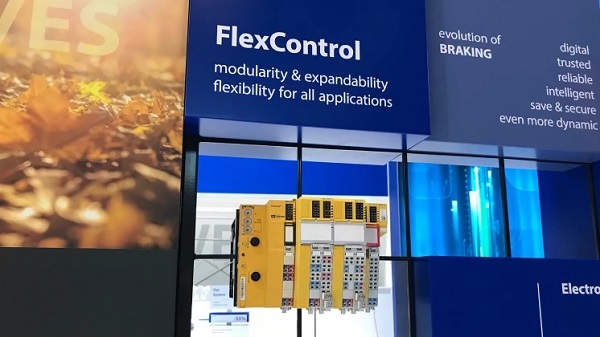
With its new decentralized function modules from the Smartio® family, Selectron System AG is making vehicle layout much easier.
Vehicle manufacturers who lay out a new vehicle face a challenge that should by no means be underestimated: Dozens of vehicle functionalities such as the TSI Wheel Slide Protection (WSP3), the Brake Cylinder Controller (BCC) and the Counter Input Module (CIT) have to be integrated into the vehicle control system. However, space for such hardware in the vehicle is naturally very limited. This makes it all the more important that Selectron Systems AG has virtually revolutionized the integration of functionalities by embedding wheel slide protection, pilot pressure and counter input function modules in the Smartio® portfolio.
Designed as smart remote I/O systems and SIL 2 certified throughout, vehicle manufacturers can now flexibly install the Selectron function modules at any suitable installation location in the vehicle. Thanks to the decentralized architecture, they can even be installed under seats, door reveals or roof coves - a decisive advantage over previous stand-alone architectures.
The Smartio® concept is an innovative input and output system for rail vehicle control. As an electronic terminal strip, the system combines terminal block and signal conditioning in a single device. The precisely fitting hardware modules of the individual functionalities are simply clamped onto the terminal block. This optimized architecture, although based on proven technology, entails fewer components and less wiring. For the vehicle manufacturer, the design effort of the vehicle is reduced, and for the operator, the operating costs.
Further functional modules will successively expand the Smartio® family in the future The WSP3 wheel slide protection system kicked off Smartio® function integration, shortly followed by BCC and CIT. In addition to the improvement in performance, the solution is particularly impressive due to its further increased flexibility: In addition to the module itself, Selectron supplies a software package tailored to the project consisting of a wheel slide protection algorithm and a central wheel slide protection application.
A unique market feature: For the first time, the module now also provides the functionality in towing mode and when the TCMS (Train Control & Management System) is switched off.
This means that in future the module will also prevent wheel flats caused by locking wheels in this state. In terms of operation and operating costs, this is a real benefit: Depending on the severity of the problem, the cost of repairing wheel flats can quickly run into tens of thousands of euros. Added to this is the time during which the vehicle may not be available to the timetable.
The greatest advantage of the function modules is that, thanks to their slim Smartio® design, they can be easily integrated as a complete system into any application without the need for additional software. The embedding of wheel slide protection, pilot pressure and counter input function modules in the Smartio® portfolio represents just the beginning. Selectron is continuously expanding its Smartio® function module portfolio.
Abstract
By embedding wheel slide protection, pilot pressure and counter input function modules in the Smartio® portfolio, Selectron Systems AG is revolutionizing the integration of these central vehicle functionalities. Further TCMS functions can be implemented within the same I/O node via the standard extension modules (e.g. DI, DO, AI, AO, PT100).
The advantage of this technology is the saving of network connections and programmable control units. In addition, the decentralized network architecture simplifies wiring.














